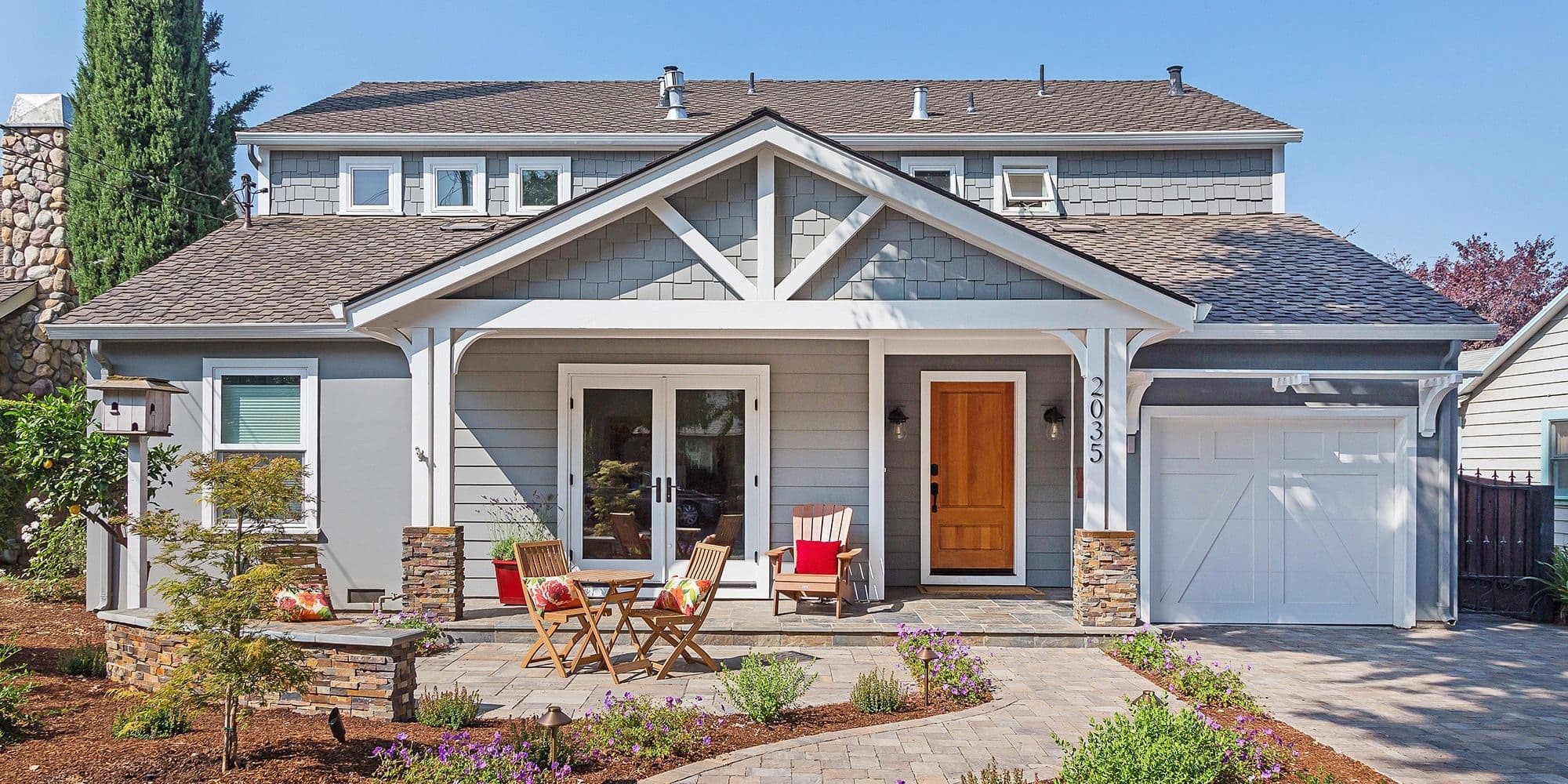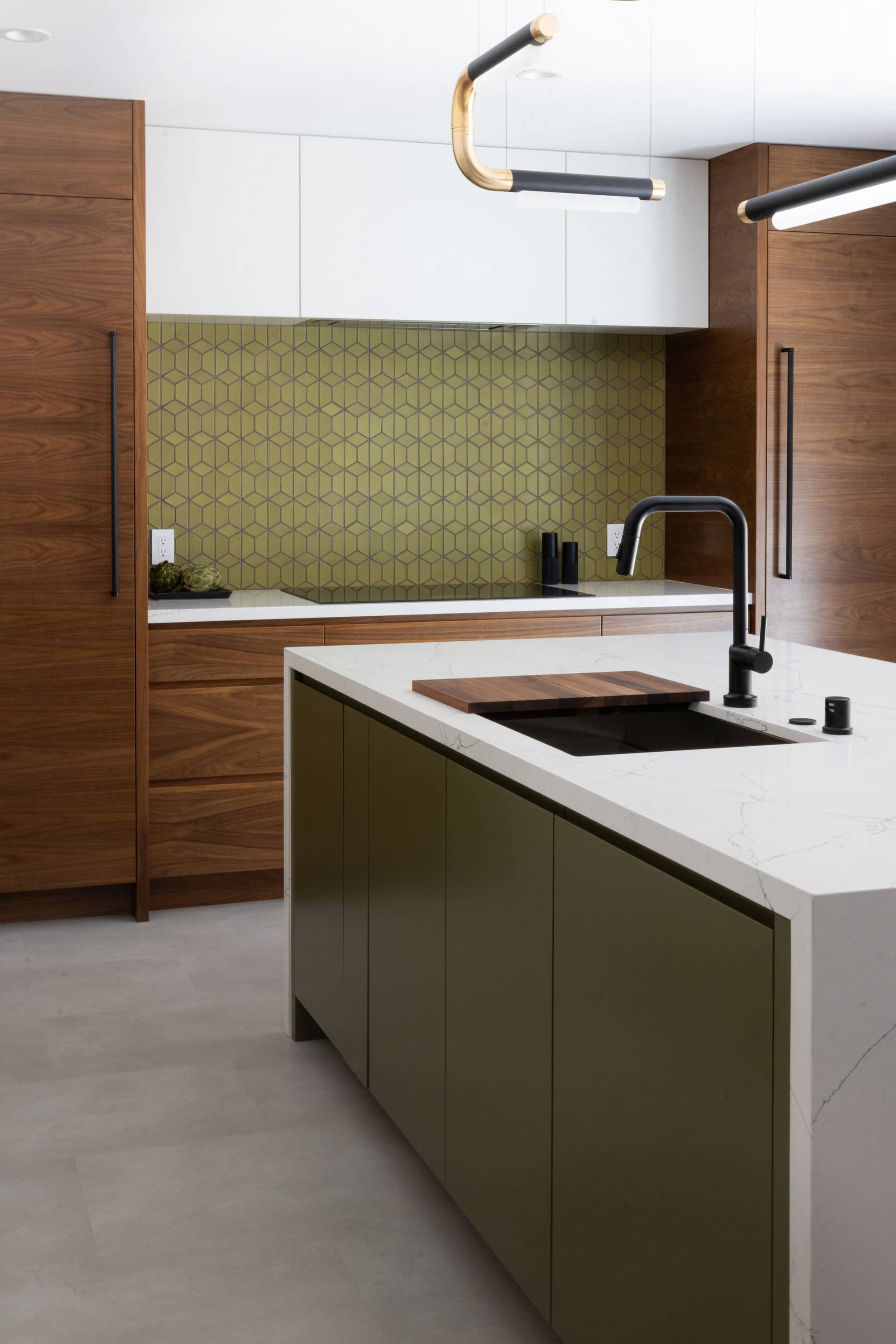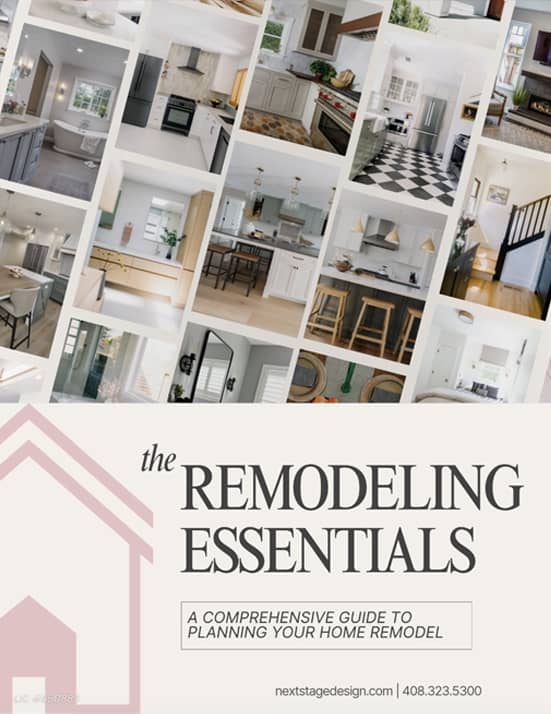When it comes to home remodeling, hidden costs can quickly derail your budget if you aren’t prepared. Unforeseen issues like asbestos abatement, faulty wiring, and outdated panel upgrades are just a few of the common costs that can turn a simple remodel into a complicated, costly project. Identifying these potential pitfalls and planning around them is essential for keeping your project on track.

1. Asbestos Abatement
Asbestos, commonly found in homes built before the 1980s, can pose serious health risks when disturbed during a remodel. Many homeowners don’t anticipate the costs of asbestos removal, and finding asbestos can quickly add thousands of dollars to your project.
How to Identify It:
Asbestos was used in insulation, ceiling tiles, roofing materials, and flooring, so if your home was built before 1980, it’s a good idea to test these areas before you begin any demolition. Professional asbestos testing can confirm if it’s present, and if so, abatement will be necessary.
How to Handle It:
Asbestos abatement costs can vary, but preparing your budget with a 5-10% contingency for unexpected expenses can help absorb the cost if asbestos is found. Always hire a licensed asbestos removal contractor to ensure safe and legal abatement.
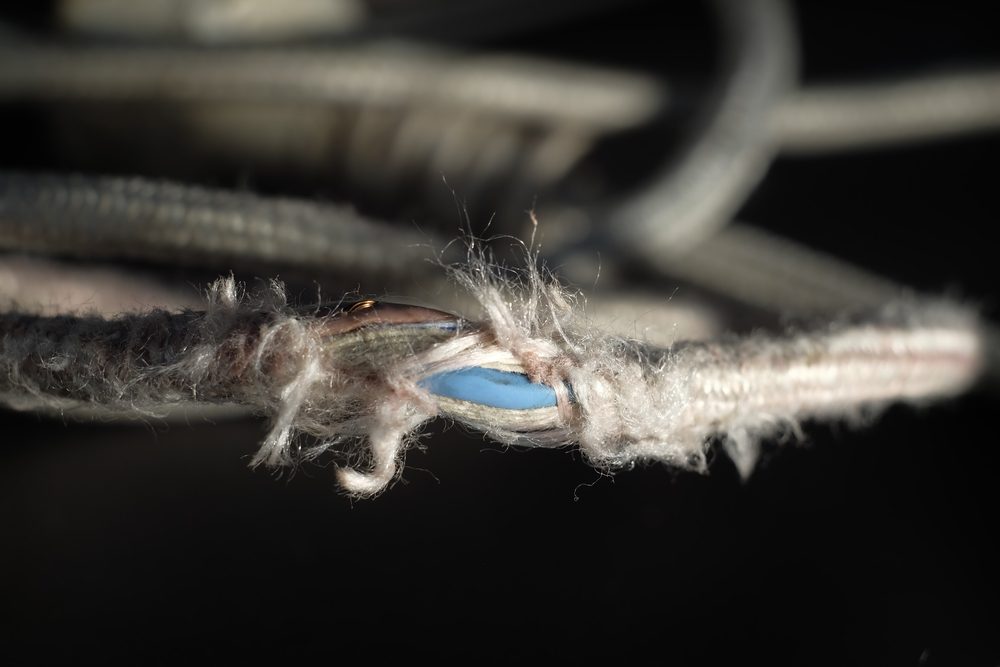
2. Faulty Wiring and Electrical Panel Upgrades
Outdated or faulty wiring is another hidden issue that can be both dangerous and costly. Electrical problems are common in older homes, and rewiring or upgrading the electrical panel can be an unexpected but essential expense.
How to Identify It:
If your home’s lights frequently flicker, outlets spark, or circuit breakers trip often, your wiring may be faulty or outdated. Additionally, older homes might not have the capacity to handle modern electrical loads, which requires a panel upgrade.
How to Handle It:
An electrician can assess your wiring and panel’s condition, giving you a clearer idea of potential costs. Budgeting for an electrical inspection as part of the remodeling process is a smart move. Depending on the scope of the upgrade, electrical work can add $1,000 to $5,000 (or more) to your budget, so plan accordingly.

3. Plumbing Surprises Behind the Walls
Plumbing issues are common hidden costs, especially in older homes. Leaky pipes, corroded plumbing, or outdated materials like galvanized pipes can turn a simple bathroom or kitchen remodel into an extensive—and expensive—project.
How to Identify It:
If you’ve noticed low water pressure, rust-colored water, or any damp spots on walls, these could be signs of deteriorating pipes. Plumbing issues often hide behind walls, so a thorough inspection is a good idea.
How to Handle It:
Schedule a professional plumber to conduct an inspection and identify any potential issues before you start. Replacing outdated plumbing may cost between $2,000 and $6,000, so budgeting for a plumbing inspection can save you from a nasty surprise mid-project.

4. Structural Problems or Foundation Issues
Discovering structural or foundation issues during a remodel can be one of the most expensive surprises. These problems can range from minor adjustments to major repairs, often costing thousands of dollars.
How to Identify It:
Cracks in walls, uneven floors, or doors that don’t close properly are common signs of foundation issues. Additionally, homes with visible wood rot, termites, or water damage may have compromised structural integrity.
How to Handle It:
If you suspect foundation or structural issues, it’s wise to get an inspection by a structural engineer. Foundation repairs can range widely, from $2,000 for minor fixes to over $10,000 for more extensive work. Preparing a contingency fund for potential structural repairs can help cover these unexpected costs.
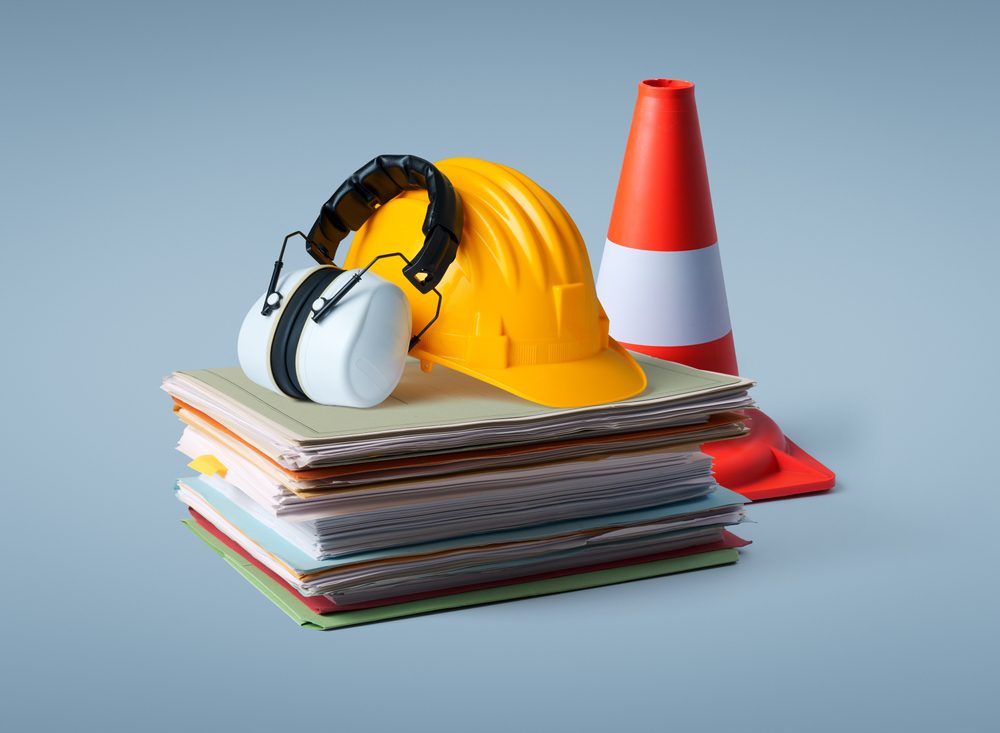
5. Permit Fees and Code Upgrades
Sometimes, remodeling costs go beyond materials and labor. Many homeowners forget to factor in permit fees or upgrades required to meet current building codes, especially in major remodels. Failing to meet code requirements can halt a project and lead to costly fines.
How to Identify It:
If your remodel involves electrical, plumbing, or structural changes, you’ll likely need a permit. Code requirements vary by location and project type, so it’s essential to research local building codes before beginning any major renovations.
How to Handle It:
Consult with your contractor to understand which permits are needed for your project. Permit costs can range depending on your location and the scope of your project. Ensure your budget accounts for these fees to avoid unexpected delays and expenses.

6. Mold Remediation
Mold can be a hidden issue that affects indoor air quality and can damage structures. It’s a common discovery during kitchen or bathroom remodels, especially in homes with poor ventilation.
How to Identify It:
Mold often grows in damp, hidden places like behind walls or under flooring. Signs include musty odors, discoloration on walls, or respiratory issues. A mold inspection before starting your remodel can identify any existing problems.
How to Handle It:
If mold is found, you’ll need professional remediation, which can cost anywhere from $500 to $6,000 depending on the extent of the damage. Budgeting for a mold inspection before the remodel will help you address any problems early on.
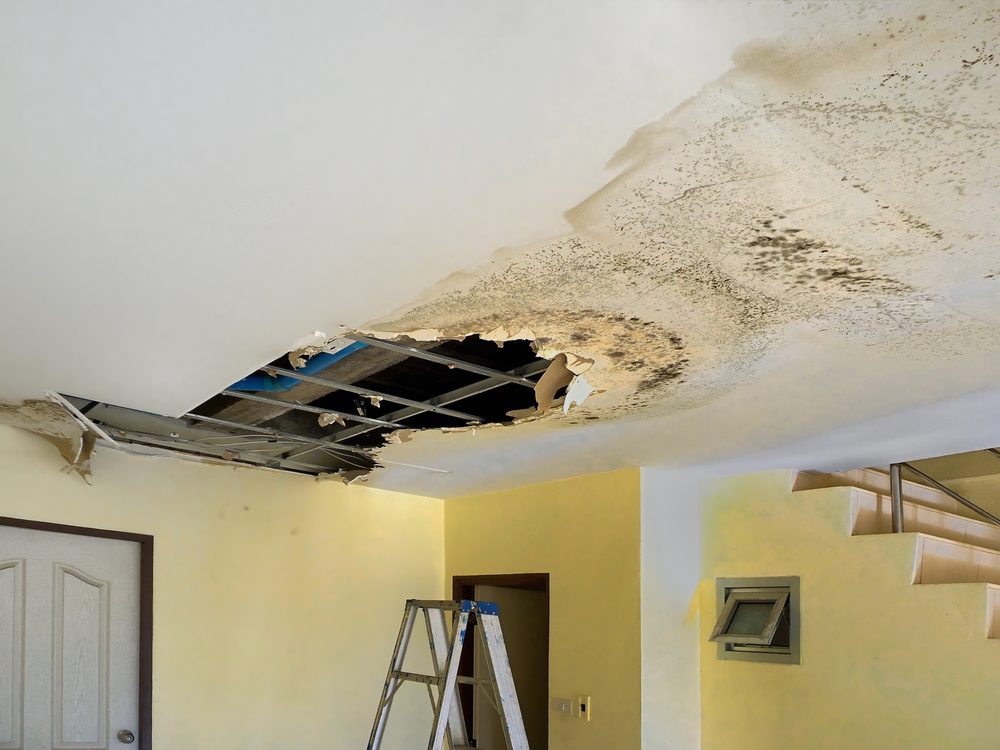
7. Hidden Water Damage
Water damage isn’t always visible on the surface, but it can wreak havoc on a remodeling project. Whether from leaking pipes or roof damage, hidden water damage often means costly repairs.
How to Identify It:
Watch for any signs of dampness, stains on walls or ceilings, or warped floors. An inspection by a professional can help identify any water damage issues before they escalate.
How to Handle It:
Handling water damage typically involves repairing leaks, replacing damaged materials, and ensuring proper sealing. Plan for extra costs if you’re renovating an area that’s more likely to have hidden water damage, such as bathrooms, kitchens, or basements.
Stay on Budget for Your Home Remodel
Preparing for hidden costs in your home remodeling project may add to your upfront planning but will help you avoid surprises and manage your budget. Here are a few final tips to keep in mind:
- Budget a Contingency Fund: Set aside an additional 10-20% of your project budget for unexpected expenses. This safety net can prevent last-minute financial stress.
- Plan Inspections Early: Have your home inspected for common hidden issues before beginning your remodel. This can save you time, money, and headaches down the road.
- Choose a Fixed-Price Contractors: When you work with Next Stage, we meticulously plan your project and offer a fixed-price contract to mitigate the budget bloat that many homeowners face.
By being proactive and preparing for these hidden remodeling costs, you can make your remodeling journey smoother, safer, and more financially manageable. To learn more about the Next Stage remodeling process, click here, or get in touch with a member of our team.
